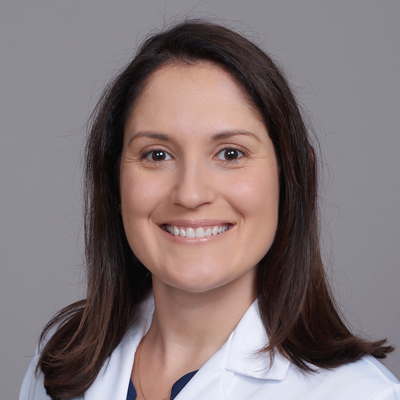The European Association for the Study of the Liver has issued a position paper on best practices for post-sustained virological response (SVR) care in patients cured of hepatitis C (HCV). For those without advanced fibrosis, non-invasive tests such as VCTE-LSM, FIB-4, or APRI can help identify patients who can transition to primary care. Those with minimal fibrosis and no cofactors (eg, metabolic dysfunction-associated steatotic liver disease or alcohol use) may be discharged, while patients with uncertain fibrosis or comorbidities should remain under specialist care. Individuals with advanced fibrosis or cirrhosis require continued surveillance for hepatocellular carcinoma (HCC), portal hypertension, and liver function, with lifelong ultrasound every 6 months recommended due to ongoing HCC risk.
The paper also highlights the need to monitor extrahepatic complications and reinfection. Many patients with cryoglobulinemic vasculitis, renal disease, or non-Hodgkin lymphoma improve after SVR, though relapses can occur after infections or vaccinations. Ongoing lab testing (eg, cryoglobulins, rheumatoid factor) is advised. Post-SVR metabolic shifts—such as increased low-density lipoprotein and weight gain—emphasize the need for lifestyle counseling. High-risk groups including people who inject drugs, men who have sex with men, and incarcerated individuals remain vulnerable to reinfection and should undergo HCV RNA testing every 6 months. Future research should refine HCC risk stratification, optimize follow-up strategies, and evaluate long-term outcomes in decompensated cirrhosis and extrahepatic disease.
Reference: Reiberger T, Lens S, Cabibbo G, et al. EASL position paper on clinical follow-up after HCV cure. J Hepatol. 2024;81:326–344. doi:10.1016/j.jhep.2024.04.007.


